Daqing Women's Band is a world-famous twenty-one band
I'm used to reading fashion magazines and trendy brands, but today I'll show you something different. This is the twenty-one band from the Qing Dynasty that swept the world. You must not have thought that this Qing Dynasty band had debuted in the C position and led the fashion. Just the folk music playing and painting have been sold at home and abroad.
Painted Traditional Chinese Musical Instruments Playing - 21 Frames, Export Paintings in the Late Qing Dynasty in the 18th Century
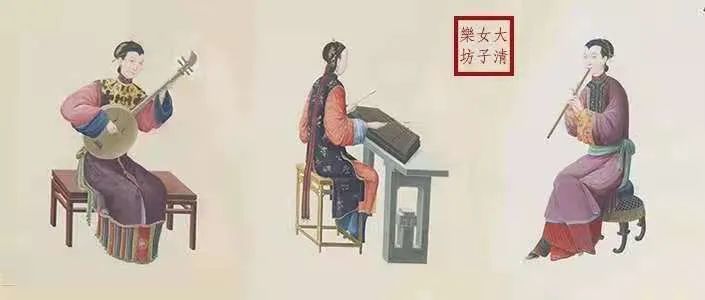
Contains 21 watercolor illustrations, the theme of which is the performance of traditional opera musical instruments: Guqin, waist drum, cymbal, trumpet, flute, cloud gong/ten-sided gong, dulcimer, cymbal, small drum, milk cymbal, string qin, wooden fish, suona , hand drum, drum, erhu, sheng, hand gong, ruan, big drum, bamboo board. These watercolors were painted around the 18th century.
Guqin
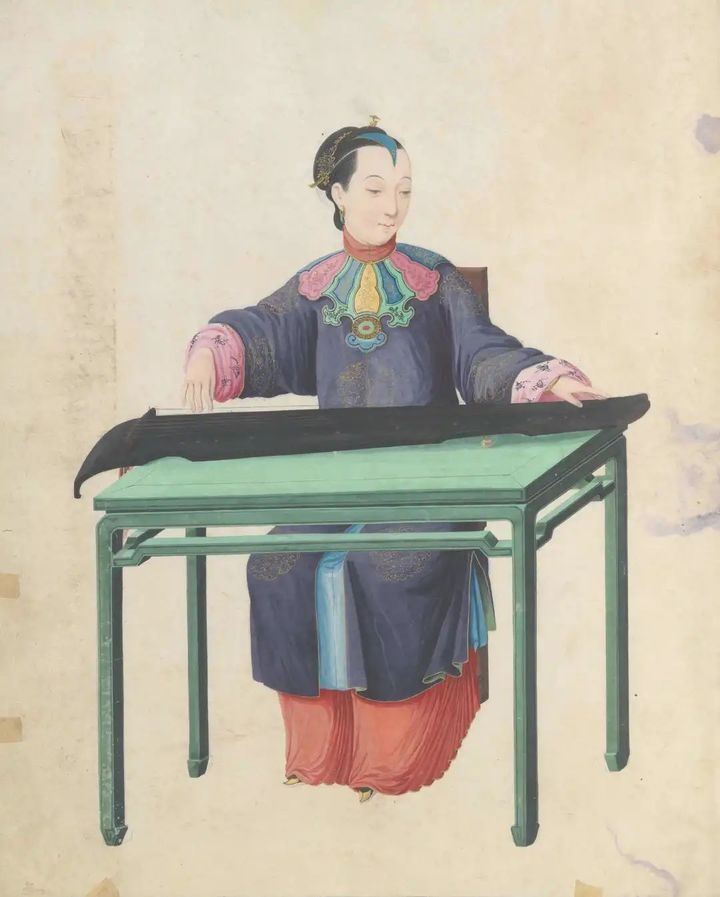
Guqin, plucked musical instrument, also known as Yaoqin, Yuqin, Sitong and lyre, is one of the oldest plucked instruments in China.
hub
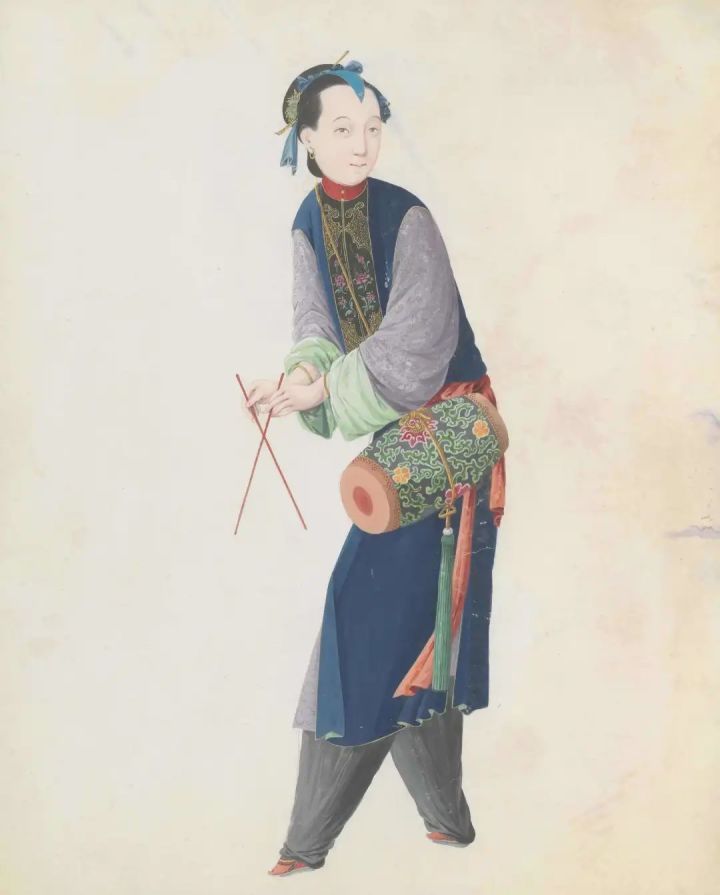
The flower drum, also known as the double drum, originated in Fengyang, Anhui, and was popular in the Ming and Qing dynasties. According to the records of the Qing Dynasty, the early flower drums were "desperate in syllables and intoxicating".
cymbals
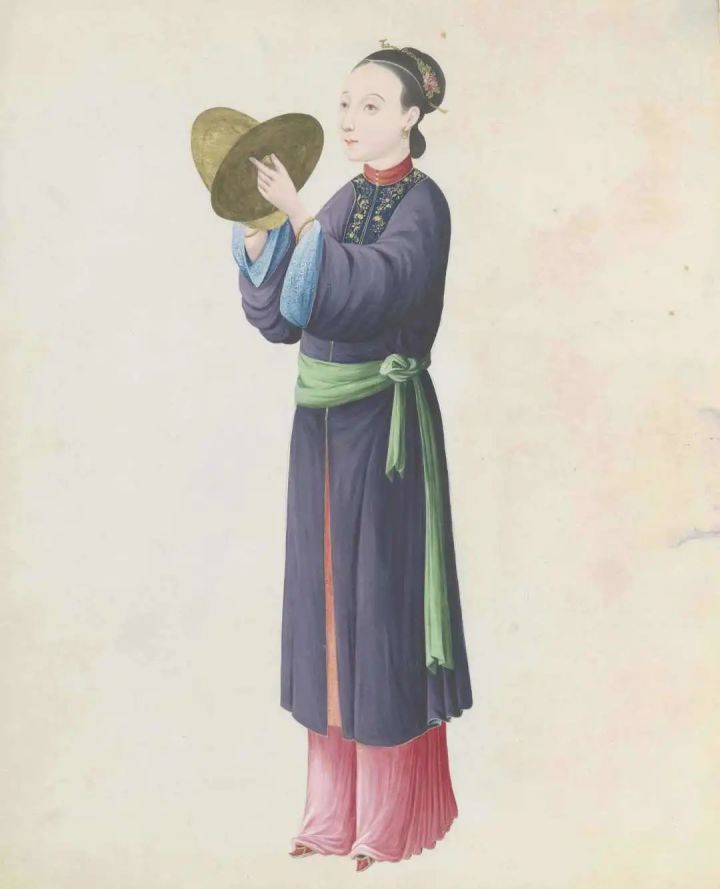
Cymbals are percussion instruments. Also known as copper cymbal, copper plate, cymbal. Copper cymbals were popular in the Northern Wei Dynasty and were used in Buddhist music. During the Ming and Qing Dynasties, cymbals became a common accompaniment instrument in opera.
Cylinder
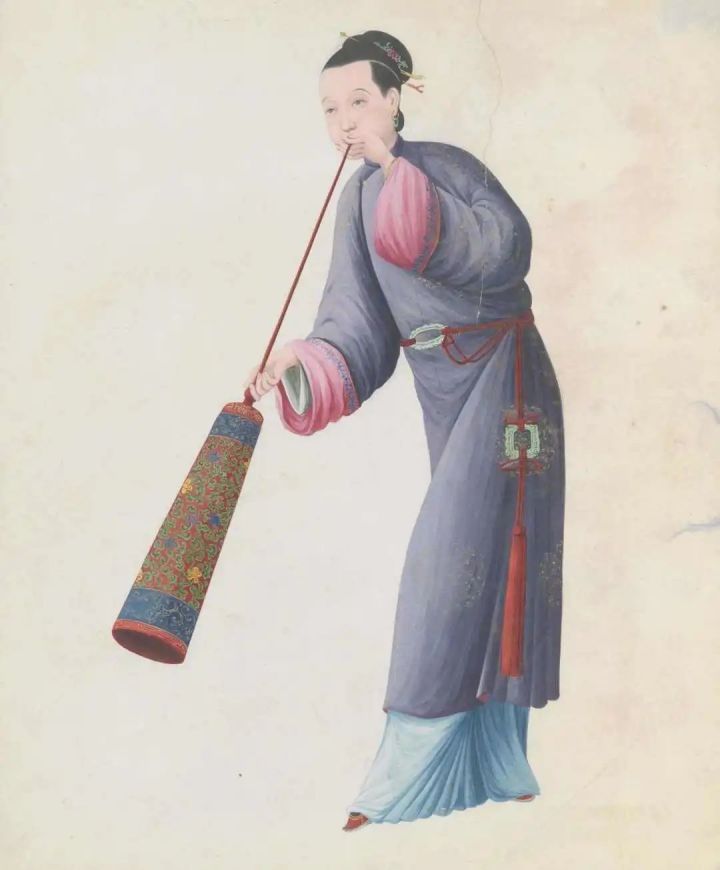
The horn is an ancient lip-vibrating (straight-tone) air-sounding instrument of the Naxi people; also known as the horn, it is an ancient wind instrument. It was widely popular in the northern nomads in the Han Dynasty. During the Ming and Qing Dynasties, most of the copper horns were used, so it is also called the horn.
flute
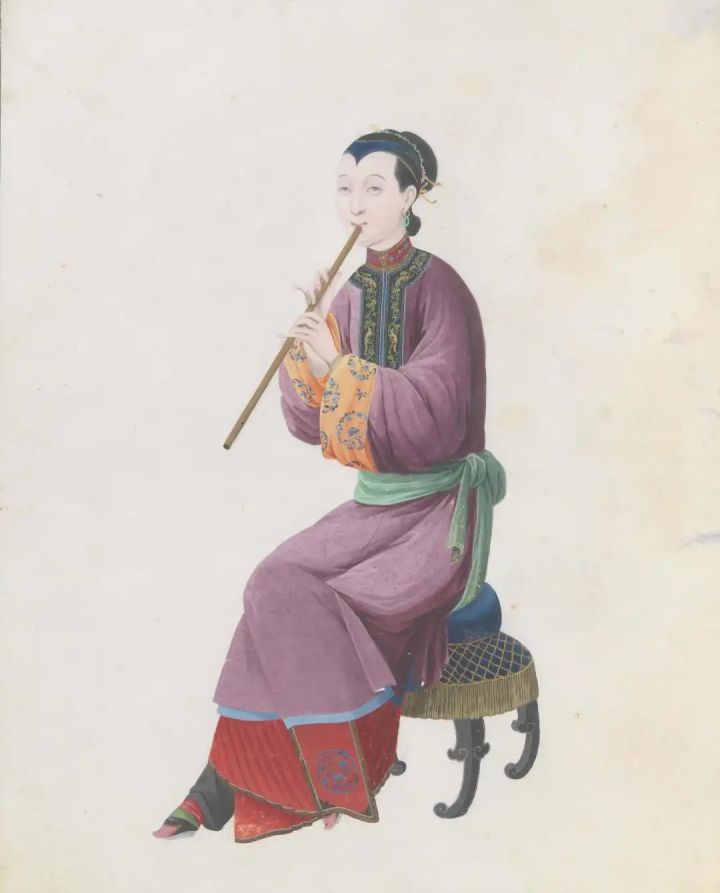
Xiao, also known as Dong Xiao. Both Xiao and Dizi originated from bone whistle in ancient times, with a history of more than 8,000 years. The single-pipe xiao was often called "flute" in ancient times, and it was only after the Tang Dynasty that it became a xiao when it was played vertically.
cloud gong
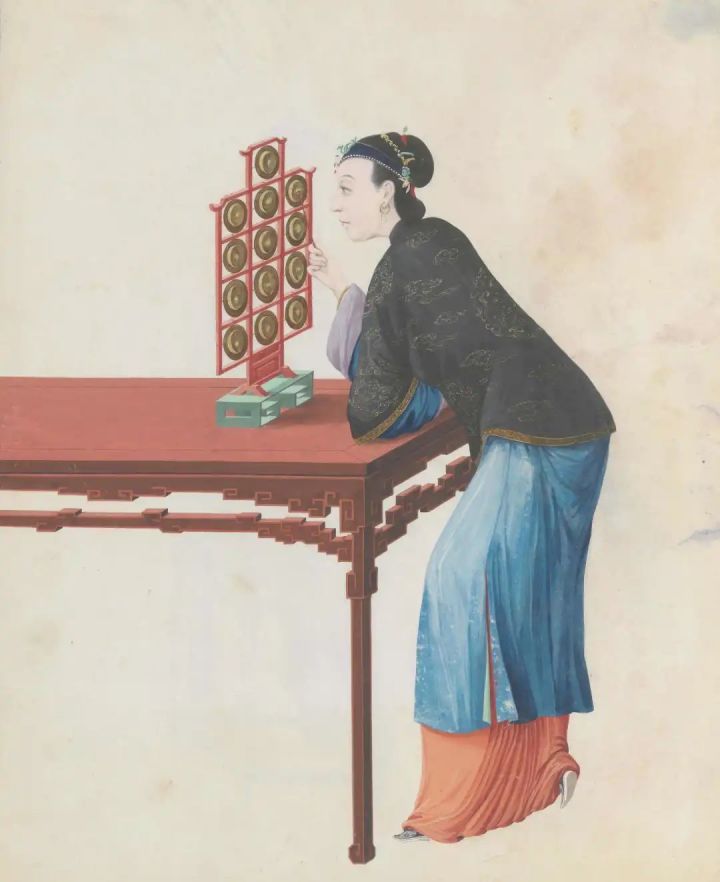
The cloud gong, also known as the ten-faced gong, appeared in the Tang Dynasty and became popular in the Yuan Dynasty. Often used in folk music, local opera and temple music. The sound is clear, round, and has a long-lasting aftertaste, which is a decorative effect in a large band.
dulcimer
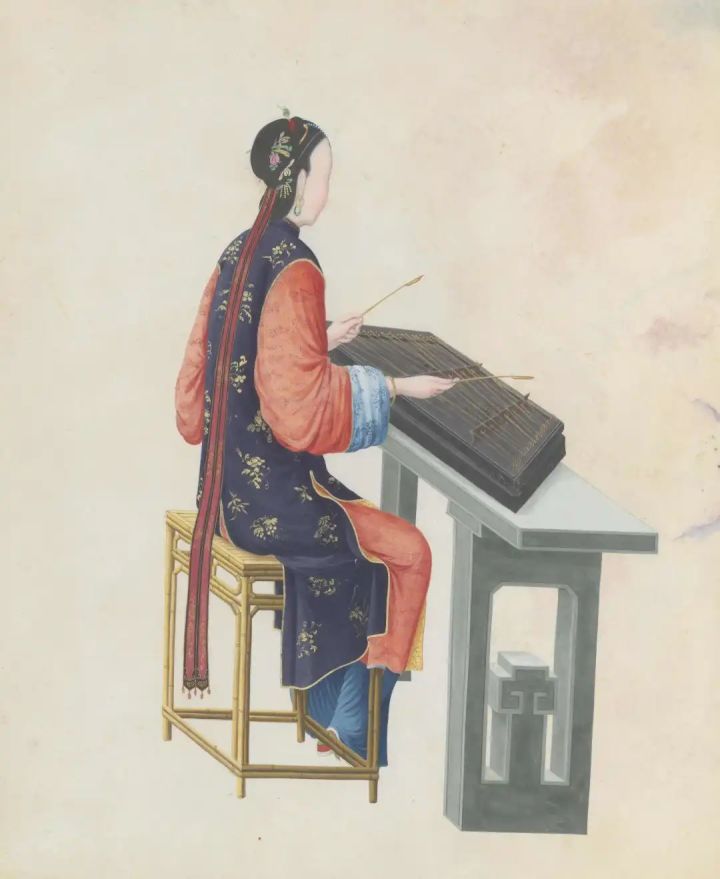
Yangqin, also known as Yangqin, is a stringed instrument. Introduced from Persia at the end of the Ming Dynasty, it can be played solo, in ensemble or as accompaniment for qinshu, rap and opera, and is extremely expressive.
trumpet
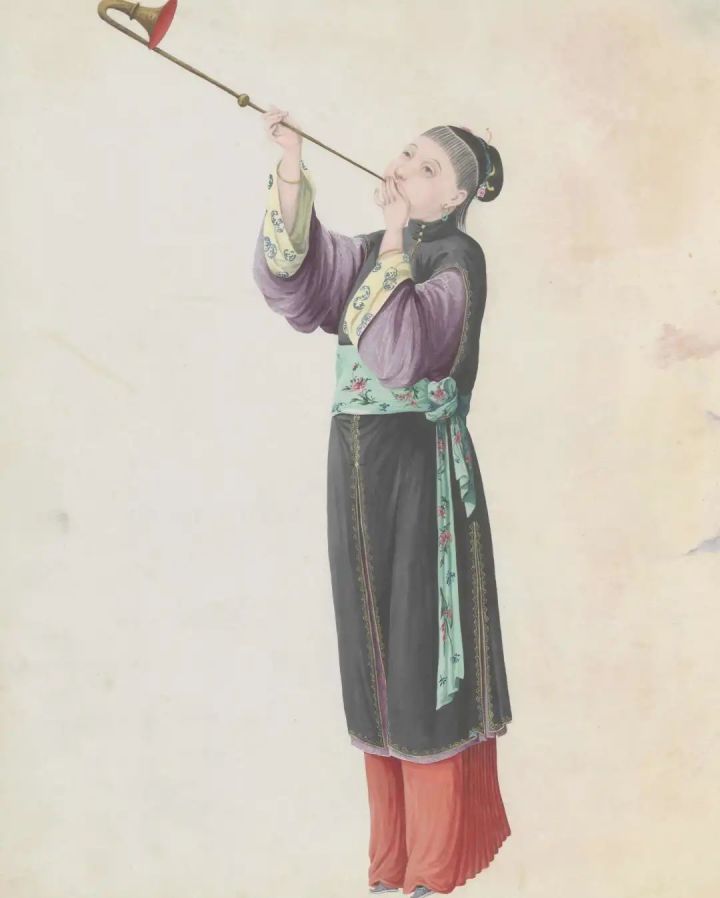
The horn, commonly known as "Aidu". It is popular in Chaozhou and Shantou areas in Guangdong, and is used for the accompaniment of Teochew opera, Han opera and Western Qin opera. It is used for scenes such as opening gongs and drums, generals going on an expedition, battle formations or execution grounds, etc., which can render the atmosphere.
flower pot drum
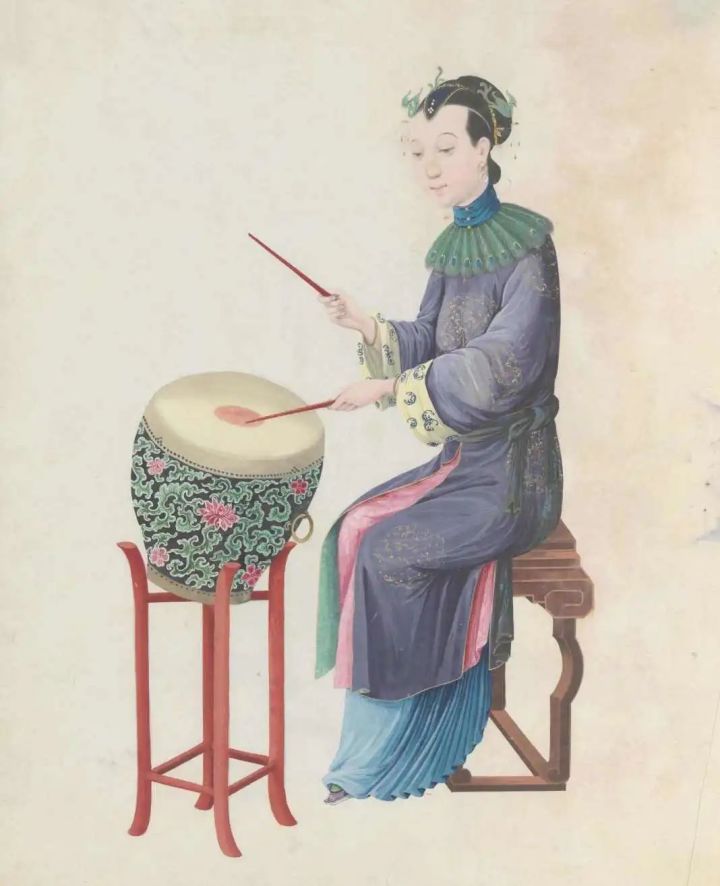
The flowerpot drum is a kind of small drum, named after the drum surface is small and the bottom is small, and the shape is like a flower pot. The sound is made by drum sticks, and the sound is softer than that of Tang drums.
cymbals

The milk cymbal, made of sound copper, has a unique shape, and is often played in the tremolo method, which is full of national characteristics. It is mostly used in folk instrumental ensembles, festival songs and dances, wedding advocacy and other activities.
setback
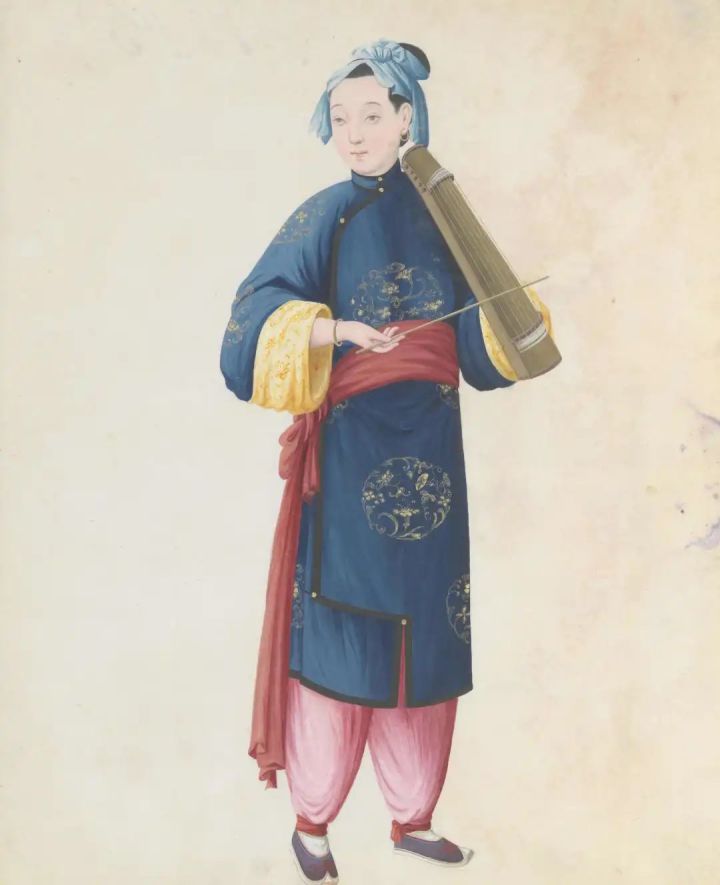
Zuoqin is one of the traditional stringed instruments with unique shapes that spread in ancient China. It was first recorded in the oracle bone inscriptions of the Shang Dynasty. When playing plucked strings, the sound is crisp and loud, with a unique traditional flavor.
wooden fish
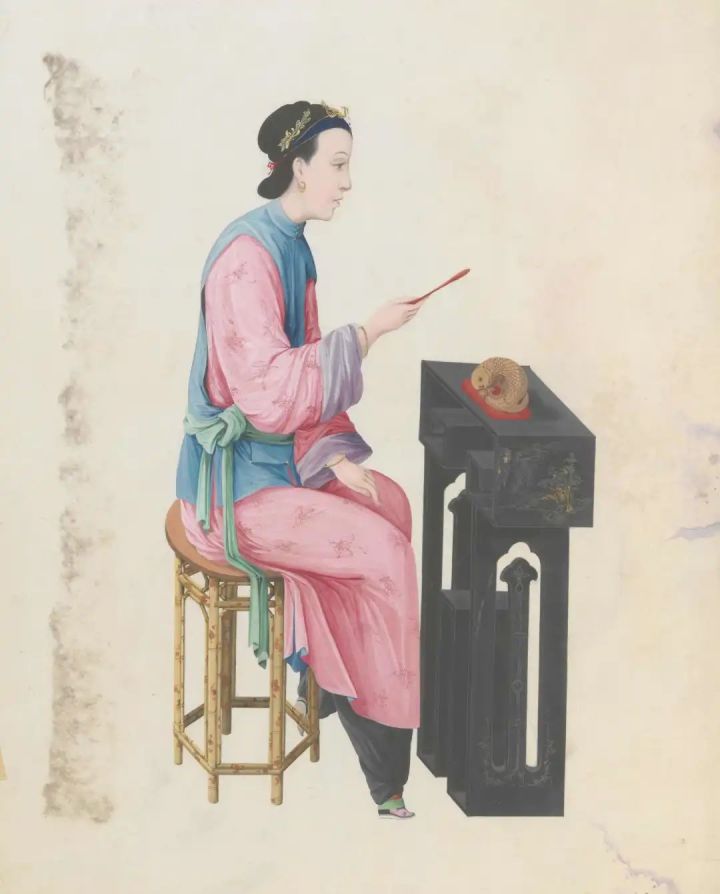
Muyu was originally an accompaniment instrument for Buddhist "Brahma" (religious songs). The small wooden fish is only used when the Buddhist ritual "circles around the lotus". Medium-sized wooden fish are often used in brisk and lively music, and have been popular among the people since the Qing Dynasty.
Suona
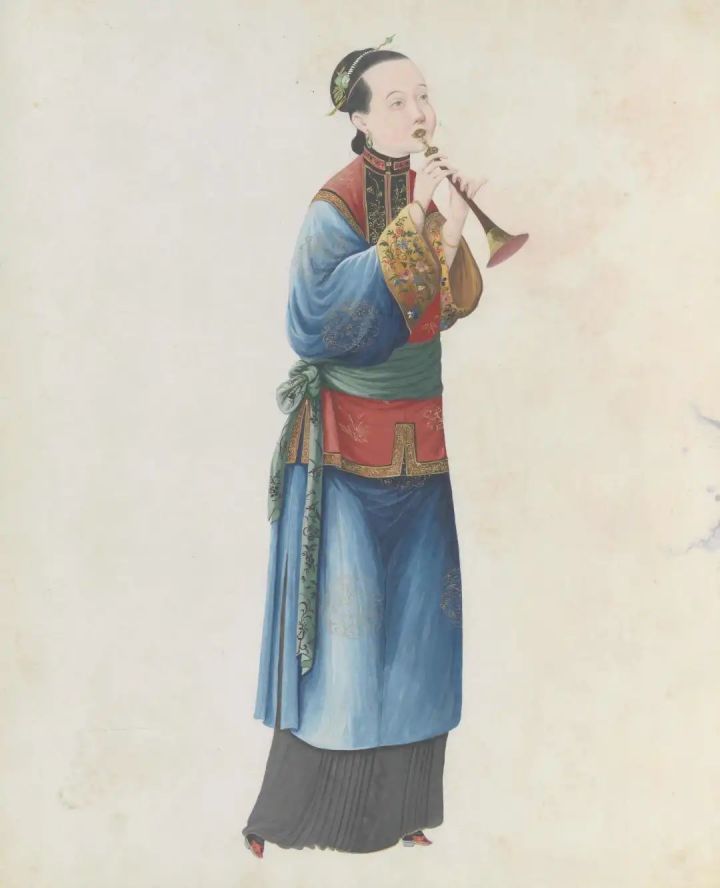
In the 3rd century AD, suona was introduced to China from Persia and Arabia. The expressiveness is extremely rich, and it is widely used in folk accompaniment for weddings, funerals, marriages, marriages, rituals, music, ceremonies, sacrifices and other ceremonies, and can also imitate the singing of birds and insects.
tambourine
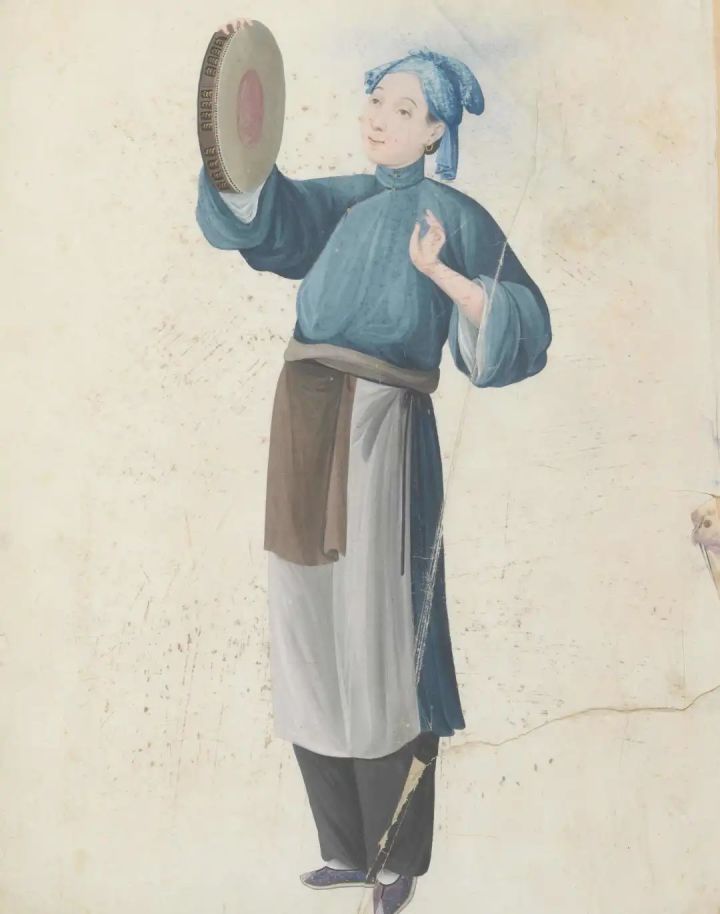
Hand drums, Uyghur percussion instruments, are often used to accompany songs and dances. This musical instrument existed between the fourth and sixth centuries, and was included in the Hui music in the Qing Dynasty. When playing, hold the edge of the drum with both hands, and alternately hit the drum surface with the fingers of the left and right hands.
drum
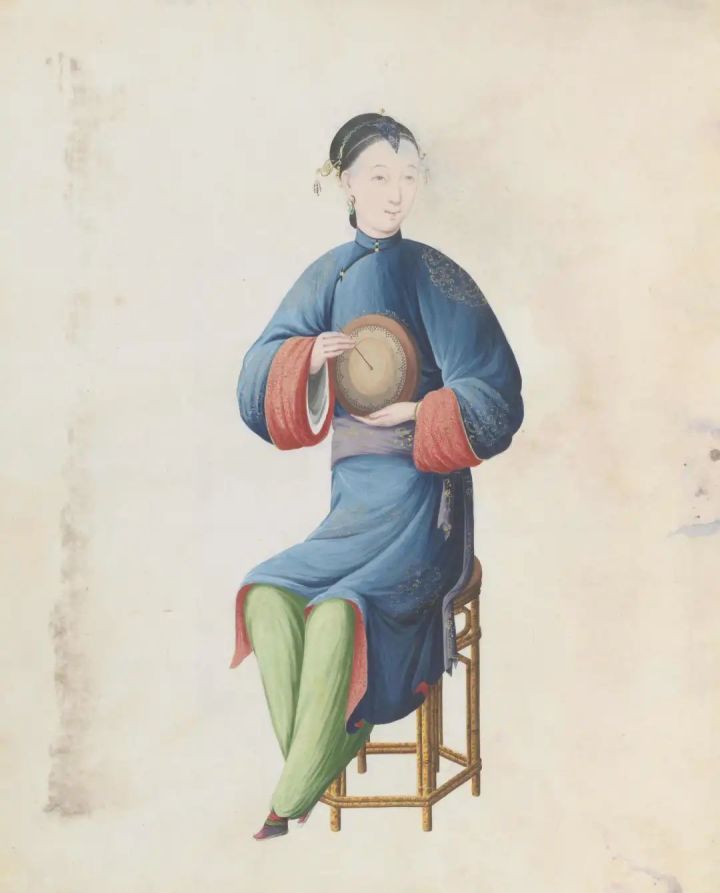
Drumming, also known as "Huaigu". It is one of the traditional Han nationality musical instruments. It is used for "Shifan Drum" instrumental ensemble or Kun Opera cappella accompaniment, usually beat each beat to master the rhythm.
Jinghu
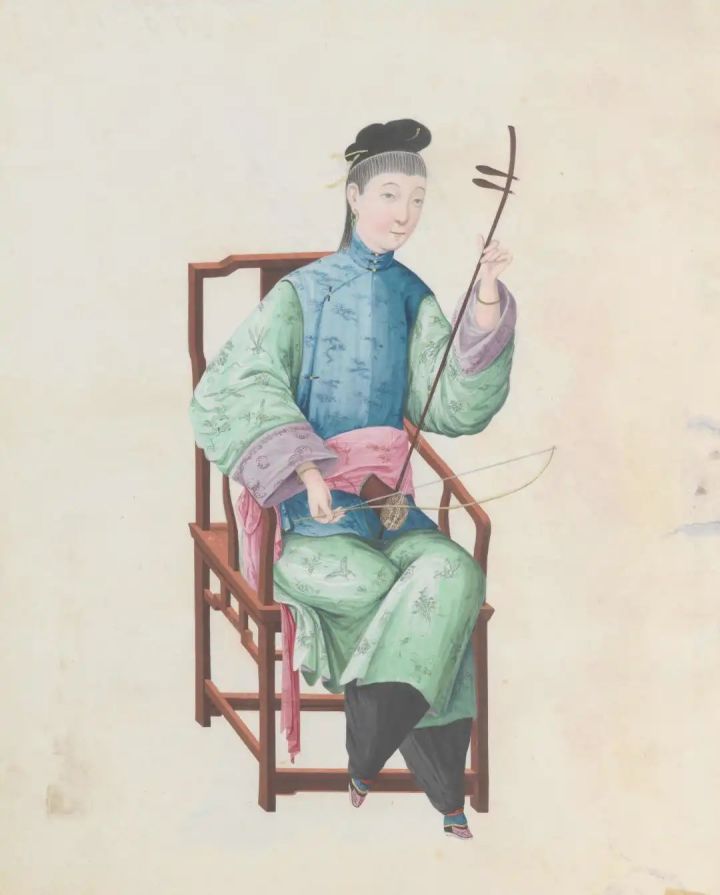
Jinghu, also known as Huqin. Its voice is rhythmic and continuous, and it can vividly express various emotions such as joy, anger, sadness and music. It has a history of more than 200 years and is the main accompaniment instrument for traditional Chinese opera Peking Opera.
Sheng
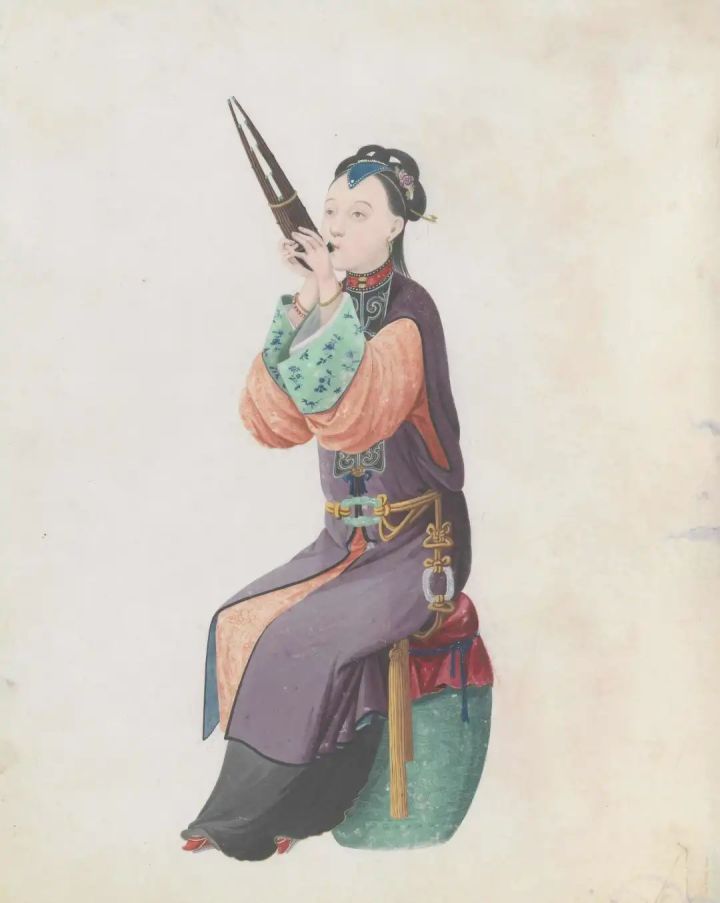
Sheng, one of the oldest musical instruments in China, has been recorded in Shangshu and Book of Songs. It is the first musical instrument to use free reeds in the world and the originator of most existing reed instruments in the world.
hand gong
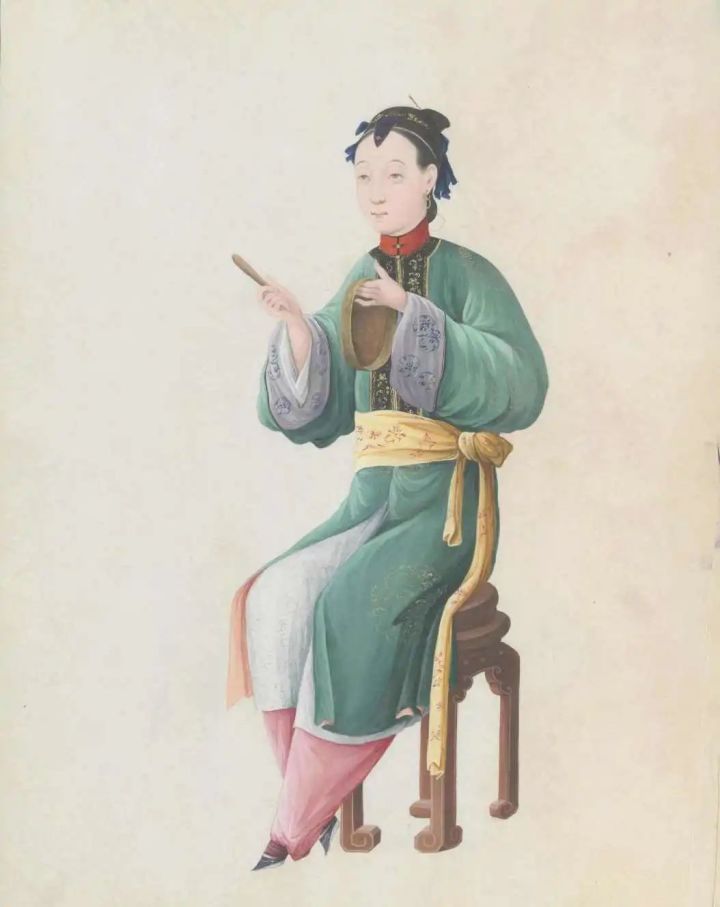
Small bark, also known as dog bark. The shape is a small gong with a diameter of 9 cm, which is struck with a gong board. Its sound is warm, lively, and it makes people feel jumpy. Often used in conjunction with the ring.
Nguyen
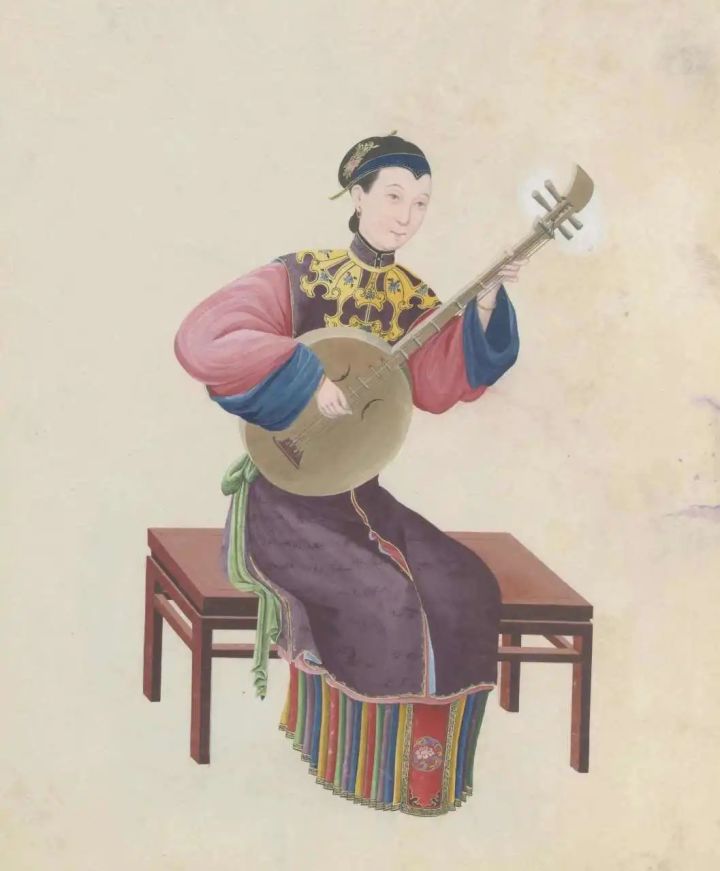
Ruan, a traditional Chinese musical instrument, short for Ruan Xian. Beginning in the Tang Dynasty, it was widely circulated among the people in the Yuan Dynasty and became a favorite plucked instrument with a broad range and rich expressiveness.
dignified
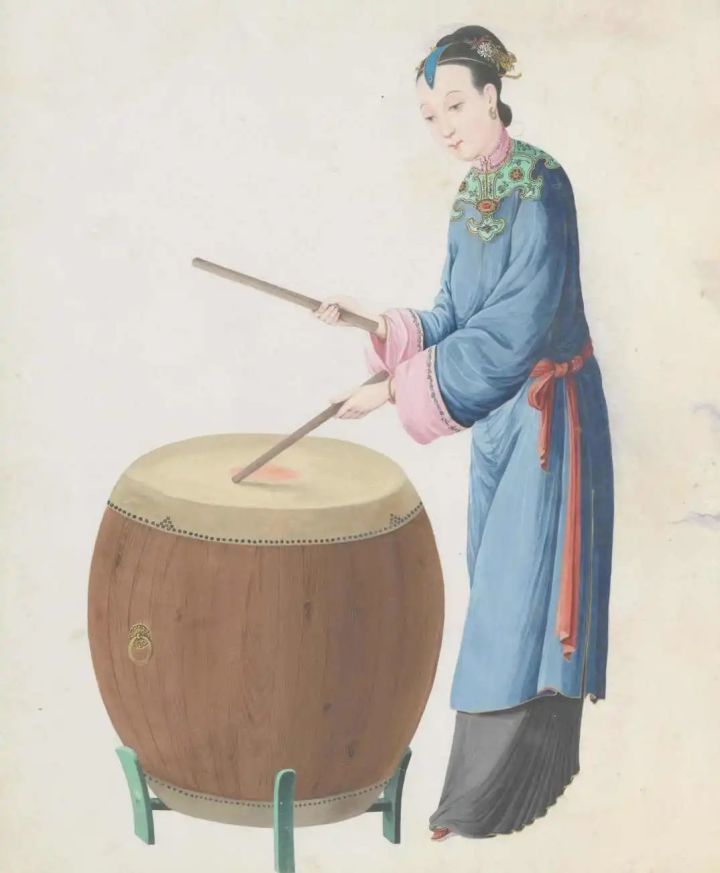
Tanggu is also called war drum, and in the Qing Dynasty, it was called stick drum. The drum frame is made of wood, covered with leather on both sides. To play, place the drum on a wooden stand and strike it with a wooden double mallet.
book board
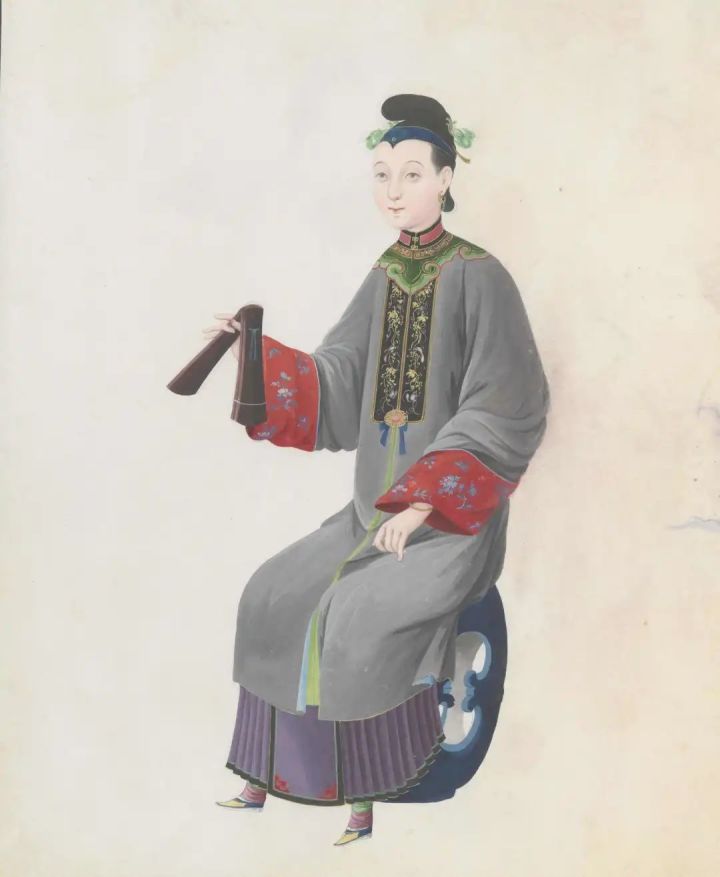
The book board consists of two or three boards. There is no fixed pitch, the pronunciation is short, the sound is firm and loud, and the penetrating power is strong.
18th Century Chinese Watercolor-Folk Music Series, with the theme of Chinese social style and human feelings at that time. It emerged in the middle of the eighteenth century in the coastal areas of southern China and reached its climax in the nineteenth century.
 渝公网安备 50010702504639号
渝公网安备 50010702504639号